Moab: The Adventure Capital
Sitting atop a red rock playground with every outdoor sporting opportunity at your fingertips, Moab is one of America’s greatest adventure destinations.
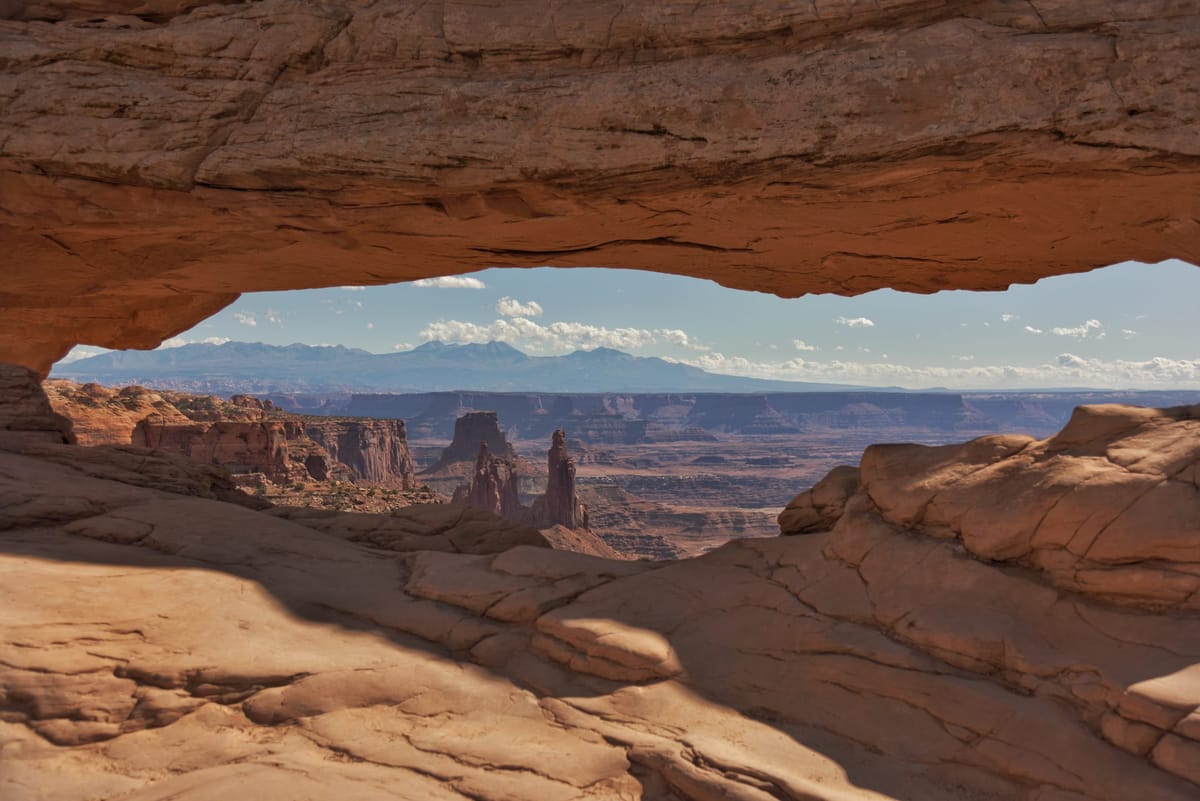
With sports like mountain biking, hiking, climbing, canoeing, rafting, and kayaking—Moab is a colossal adventure playground. Nestled between Arches National Park and Canyonlands National Park with some of the highest stone arch density in the world, it’s no wonder it’s been rated one of the top adventure towns in the world. The arches are so epic that the iconic Delicate Arch can be found on Utah’s license plate.
Whether you’re looking to hike, climb, mountain bike, raft, or just drive—it has it all. While the spring and fall are ideal times to visit when the weather is perfect, the summer and winter are feasible as well. If you’re looking to ski, January is a great time. While you can't ski in the Moab area, the Wasatch Front in Northern Utah is just a few hours away and has epic resorts like Snowbird, Park City, and Alta, to name a few. The summertime is great for paddling, rafting, and swimming. If you want to visit when the crowds have thinned out and there’s still a bit of nip in the evening air, then November is perfect.
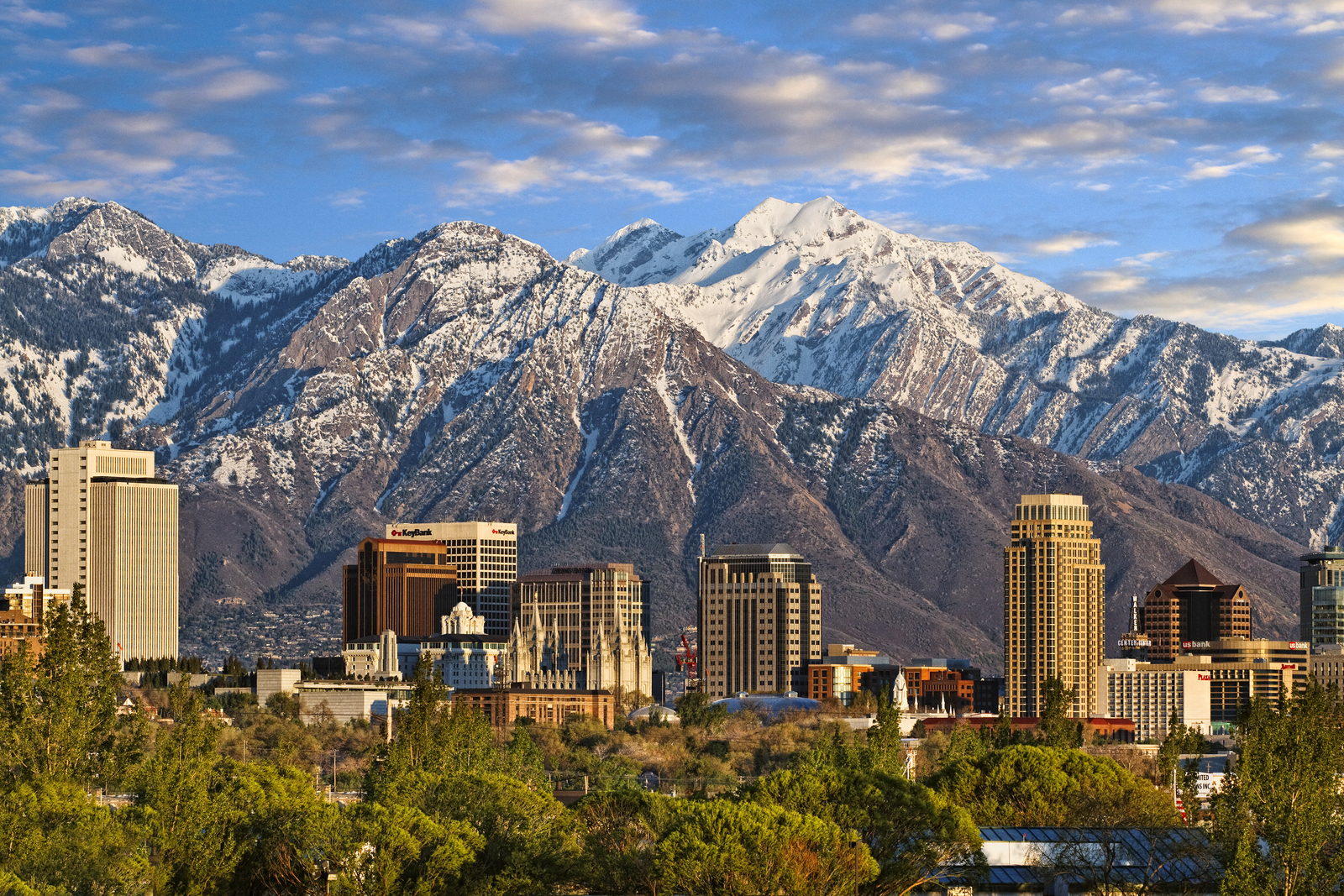
Before going deeper, let’s rewind a bit. I’m touching down in Salt Lake City and the sun is setting over the Wasatch Range. I’m overcome with a familiar feeling. I’ve travelled to Utah several times, having studied in nearby Colorado. Quick weekend trips were easy, we’d pack the Subaru with what seemed like most of REI and blare bluegrass music on the seven-hour ride over (yes, we were clichéd liberal arts students who conformed to every adventure college norm). Access was always easy, we’d just pick a camping spot in one of the parks, hike, climb all day, get back, cook, and sleep.

However, this trip was going to be slightly more comfortable. I had collaborated with Visit Utah—I wouldn’t be camping in the red sand this time, but staying in slightly more comfortable accommodations. I wasn’t complaining. I was travelling from New Delhi, India. I had a layover in Frankfurt that conveniently broke up my 16-hour journey to NYC in half. From NYC, it was about five-and-a-half hours to Salt Lake City. Once I landed, I rented a car at the airport—the best way to explore a vast state like Utah.
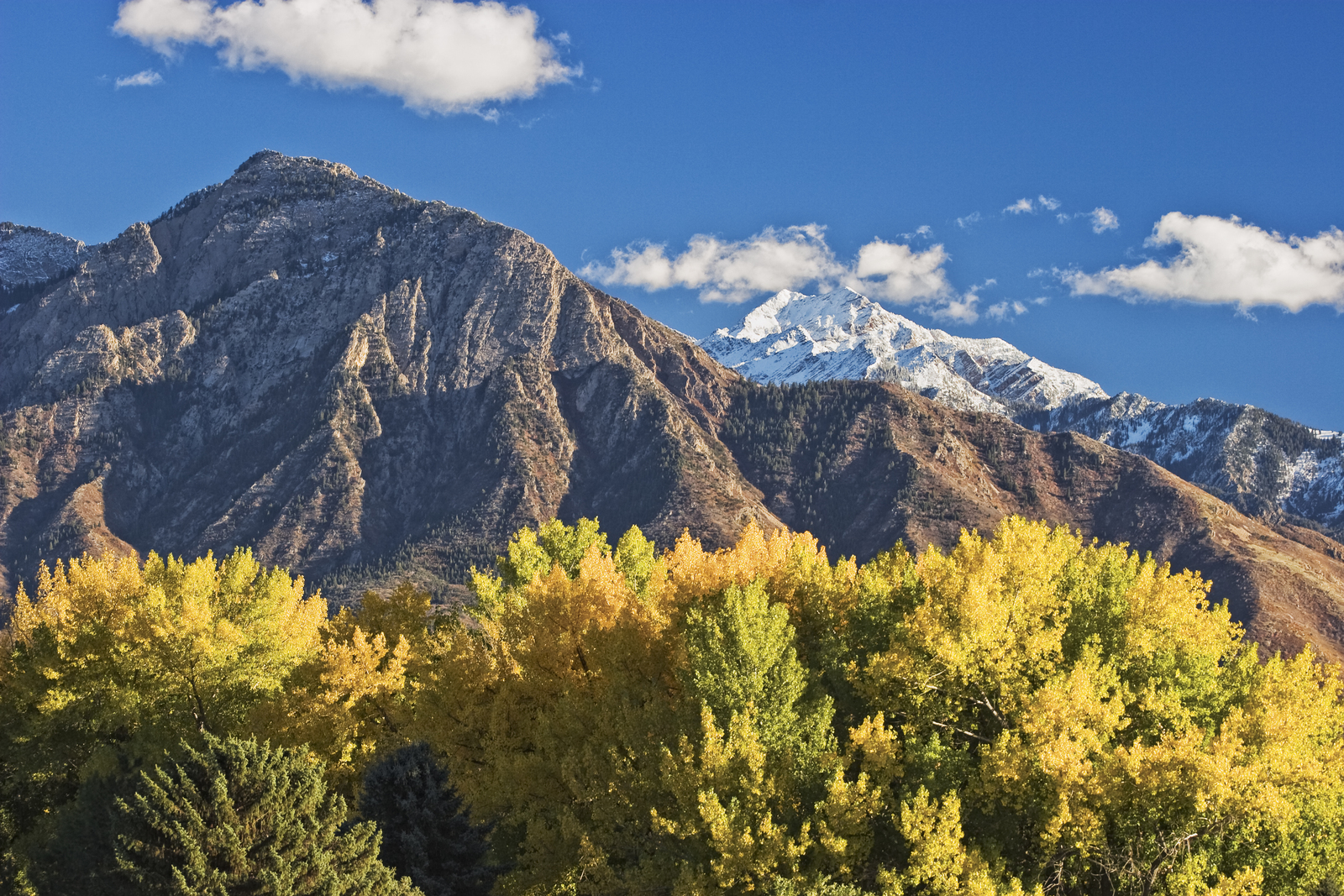
it’s impossible to not indulge in the outdoors as a resident or as a visitor. Salt Lake City didn't feel like a regular urban city. From the cinematic Wasatch Range to the east and the awesome Great Salt Lake to the West, the city feels like an outdoor playground that has allowed a metropolis to be carved within. You can be at Broadway productions, farmers’ markets, exploring canyons, hiking, biking, and skiing all in the same day—it sounds far fetched, but people do it. I always associate the rugged landscape of Utah with the land of explorers, climbers, BASE jumpers, mountain bikers, and hikers. It’s one of those rare places where the setting plays a huge role in your life—it’s impossible to not indulge in the outdoors as a resident or as a visitor.
Helper on the way
I’m on my way to Moab, but I start my journey in the sleepy, quaint town of Helper in Carbon County. Tina Henrie, the Director of the Carbon County Office of Tourism, meets with me for the day. While it’s known for being the location of the Western Mining and Railroad Museum, it’s also where Butch Cassidy and Elzy Lay stayed before robbing the Pleasant Valley Coal Company in nearby Castle Gate. Tina tells me Helper has always been ethnically diverse—since coal mining and the railroad required a lot of labour, Utah brought in many immigrants from eastern Europe and Asia. By the early 1900’s, Helper had around sixteen different nationalities. Italians, Greeks, Yugoslavians, Japanese, Slovenians, and Chinese folk were looking for the American dream, and so, by the early 1900s, Helper had Italian bakeries, Greek coffeehouses, and Japanese restaurants. Now, Helper is a small but historic town with one main street that includes restaurants, coffee shops, art galleries, and unique buildings—and a lot of these efforts are community driven. Apart from art and musical festivals, and AirBnB experiences, the town also has some great adventure sports including the famous hike to Balance Rock and Spring Canyon, bouldering, mountain biking, and more. Helper is a bit of a secret, but a great up-and-coming town to visit on the way. Aptly marketed, its official slogan is “It’s Happening in Helper”.
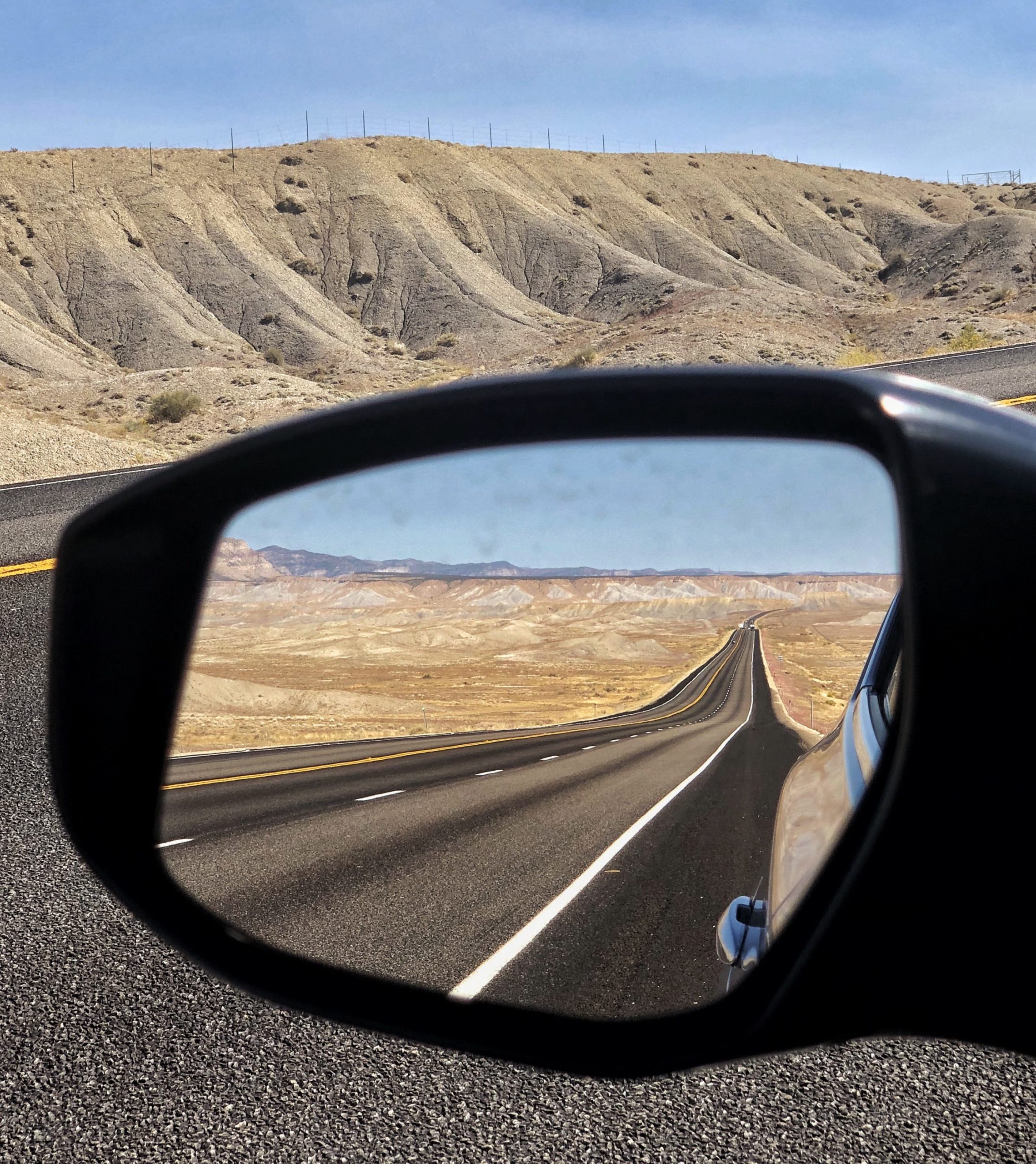
Arches National Park
After a great meal at the Balance Rock Eatery in Helper, I bid farewell to Tina and continue my journey towards Arches National Park—it only takes me two hours to get to one of the most iconic national parks in the US. In southeastern Utah, north of Moab, the park has more than 2,000 sandstone arches. It feels vast, lonely, and magnificent all at the same time. Of course, the first thing I do is hike to Delicate Arch, the most iconic arch in Utah, and one of the most famous geologic features in the world—it’s even plastered on Utah’s license plates. The hike to Delicate Arch from the trailhead is rated as difficult but it’s not bad at all. It’s about 3 miles or 4.7 kms, with an average hike time of 1.5-3 hours, depending on your fitness levels. The highest point at the park is at around 5,653ft or 1,723m. It’s important to bring at least 1-2 litres of water per person, as it’s easy to get dehydrated in the strong, dry climate. As I finally approach Delicate Arch, I’m blown away. I’ve seen photos of it everywhere, and I’ve always thought it looked neat, but viewing it in real time was something else. At 52 feet, it’s imposing and perfectly frames the mountains in the background.
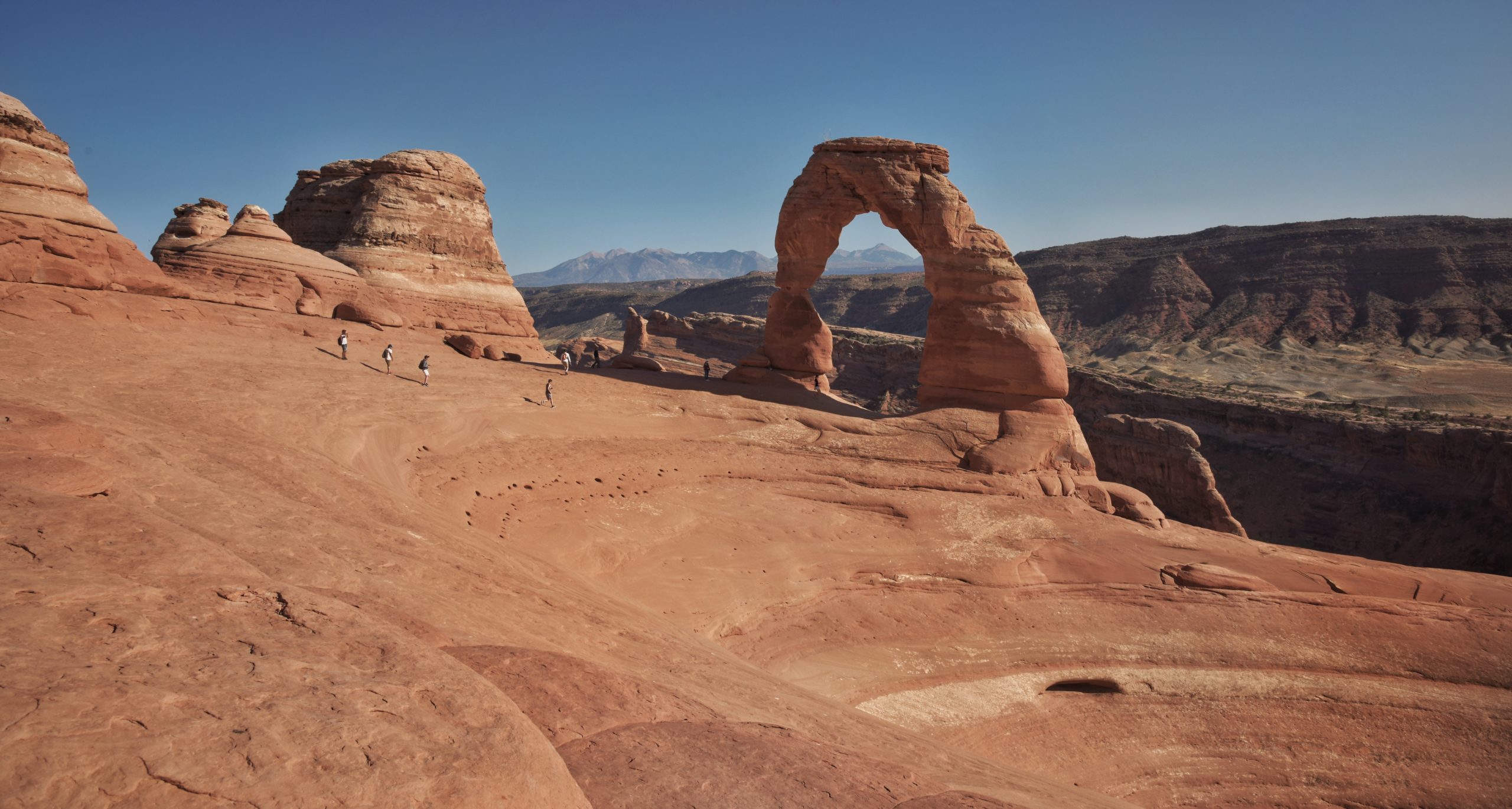
What made Arches? How is it the way it is? Essentially, water and ice, coupled with extreme temperatures and underground salt movement sculpted the rock over 100 million years. Till this date, new features are still being formed due to erosion and weathering. A great family park, access to all the features is super easy—driving is the best way, and then hiking out to different areas. If you’re feeling particularly energetic, you can ditch the car and mountain bike the entire way. While the park doesn’t have food or lodging facilities, you can stay in Moab, just south of the park. The Devils Garden Campground is open year-round, (as long as you make your reservations well in advance) and has water and flush toilets. It’s important to note: the biological soil crust is alive, and while it may appear barren, it’s teaming with living organisms and composed of algae, lichens, and cyanobacteria—so stay on the designated trails! The fragile soils support plant and animal life and are a critical part of the ecosystem. A single footstep can destroy hundreds of years of growth. After a bit more hiking, and countless photo stops, I depart for dinner at Josie Wyatt’s Grille, where I meet MaryLou Lopez, a representative from the Moab Travel Area Council.
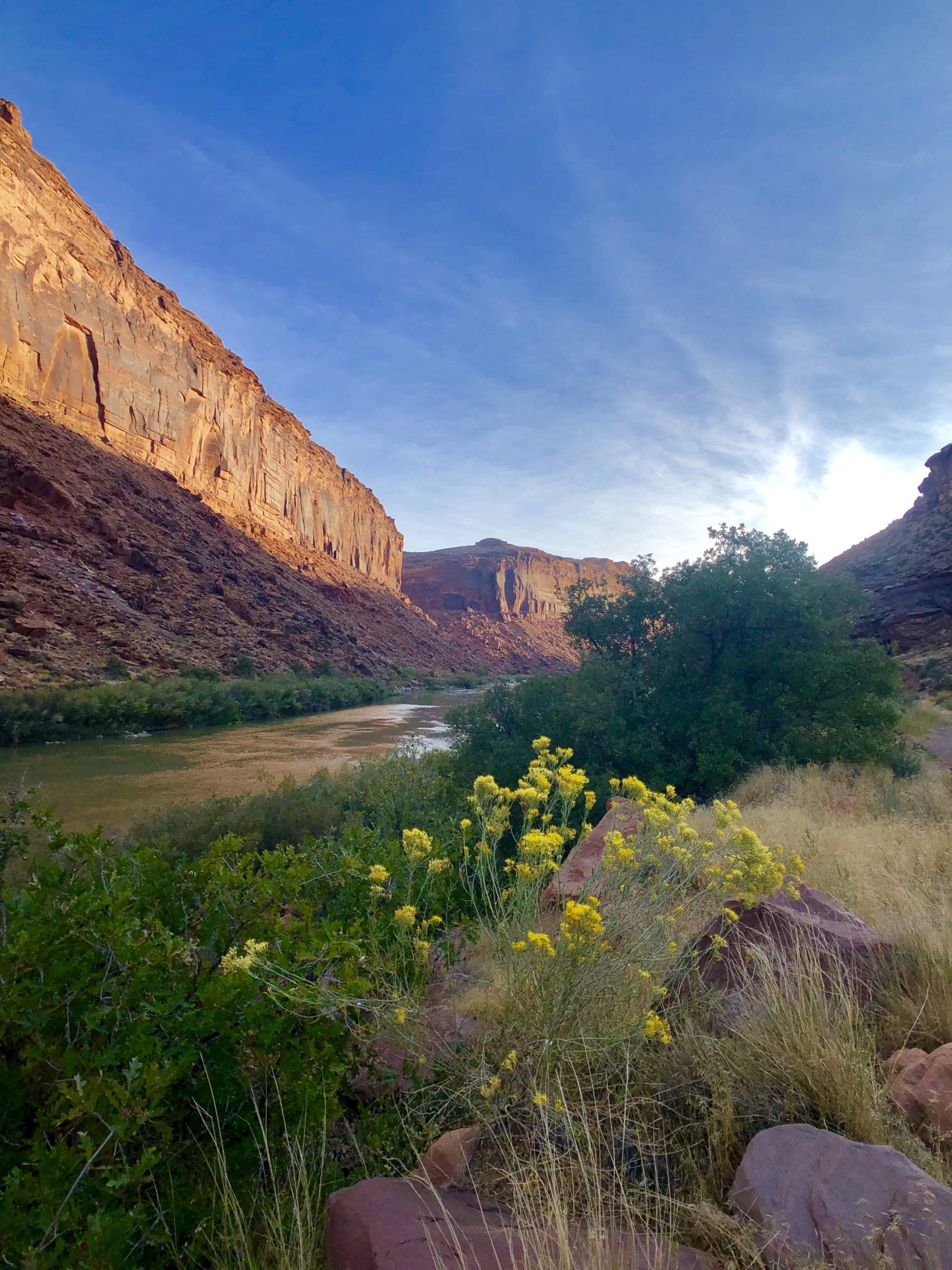
Do It Like a Local
Over a much needed, scrumptious dinner, MaryLou tells me about Moab’s conservation efforts. It’s no secret that Moab gets a lot of visitors from all around the world—from adventure sport athletes, to tourists, to armchair enthusiasts. Home to 5,000 residents, over 3 million people visit the town annually. The Moab Area Travel Council launched a campaign called “Do It Like A Local”—an initiative that aims to educate visitors before they come to town. From ways to practice sustainable tourism to being kinder to the environment, the initiative has its site called doitlikeamoablocal.com. Included themes are “Pack It In, Pack It Out” and “Don’t Bust the Crust”—a way to educate travellers to leave no footprint and to stay on the trail, therefore keeping the fragile cryptobiotic soil intact. The locals of Moab have been very involved in this campaign, offering inputs and what it means to “do it like a local”. Elaine Gizler, the executive director of the Moab Area Travel Council, told Deseret News, “We want to be known as the little community that leads the way,” she said. “We are definitely trying to make a statement—we want you to come, we want you to visit here and spend time outdoors, but we also ask that you care for these public lands we have. Do it like a local.” I’m super impressed, it’s not often that you hear of towns tackling an overtourism problem in such a unique way—this tourism sustainability campaign is the first of its kind in the state.
this place is kind of hard to leaveNow that I’m full of mashed potatoes and sustainability knowledge, it’s time for me to head to my accommodations and get some much needed sleep before another day of exploration. Since my lodge isn’t far from Arches, the entire drive is dark. The National Park Service and the International Dark-Sky Association labelled Arches National Park as an International Dark Sky Park—so there cannot be any street lights that contribute to light pollution. Because of this commitment to protecting natural darkness, the quality of the night skies is stunning. I check into my lodge—the Red Cliffs Lodge, an award-winning lodge with epic river-side views and rustic cabins. Home to the Castle Creek Winery, the largest in Utah, this place is kind of hard to leave. The lodge offer’s mountain biking, horseback riding, guided tours of the parks, and much more. You feel like you’re in the set of a Hollywood western, and in fact, several films have been shot here, including Rio Grande with John Wayne.
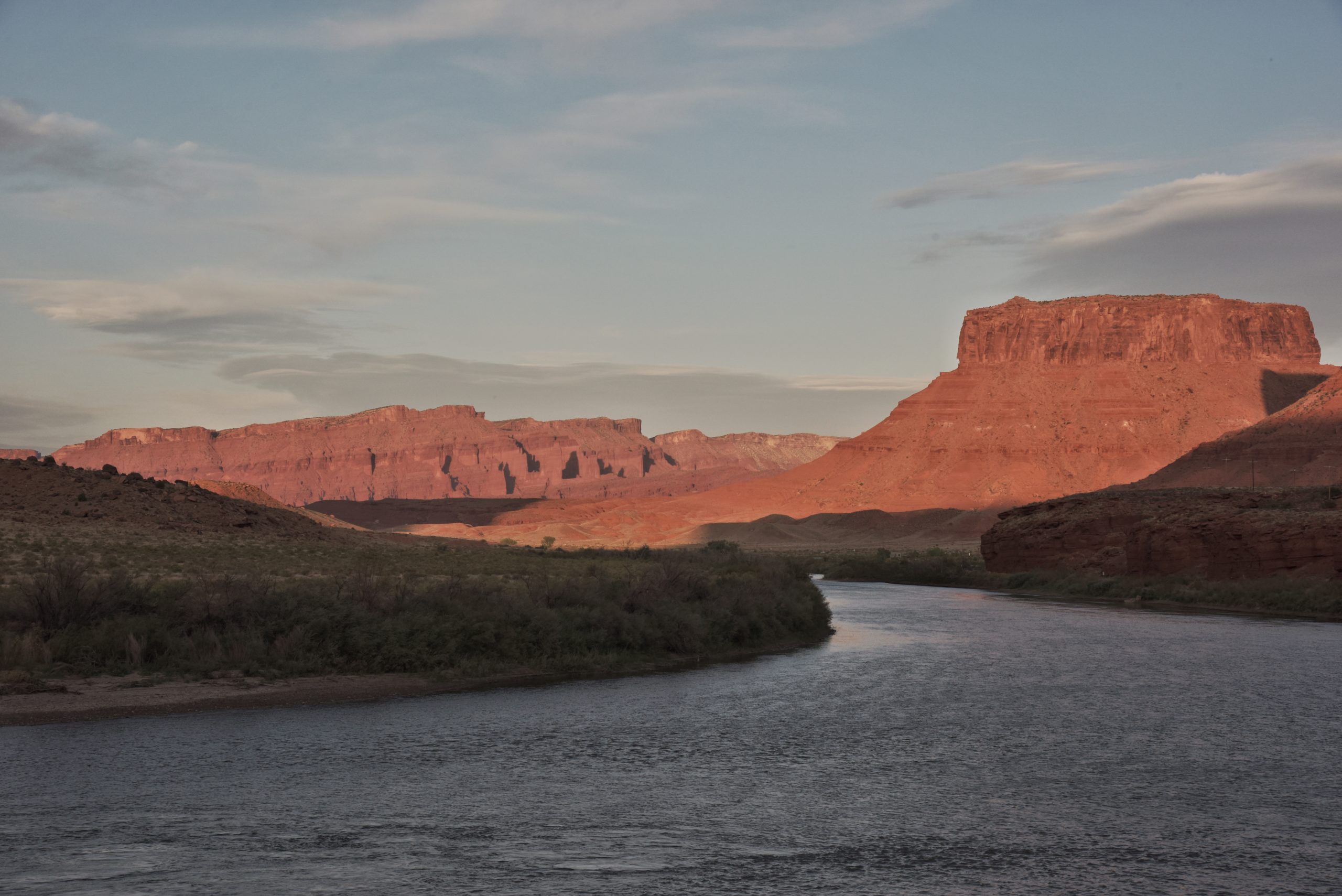
Canyonlands National Park
It’s my last day in the Moab area, and I’m all set to explore Canyonlands. After picking up a packed lunch at Sweet Cravings Bakery and Bistro, I drive to the park. As expected, Canyonlands is epic. Preserving 337,598 acres of canyons, mesas, arches, and spires, the park has mostly been sculpted by water and gravity. The park is so vast that it has four districts, divided by the Green and Colorado Rivers. I’m in the most visited district as it’s the closest to Moab—“Island in the Sky”. This mesa rests on sheer sandstone with cliffs as high as 1000 feet. I hike to the famous “Mesa Arch”, a short hike that leads to a cliff-edge arch that offers jaw-dropping views of the La Sal Mountains. Canyonlands is also where 127 hours was shot—the Danny Boyle film with James Franco. I try not to think about that while I’m hiking. I carry on to “Grand Viewpoint”, an easy walk on the canyon edge which culminates in stupendous panoramic views.
It’s important to note that this park hasn’t just been preserved for its beauty, but also for its significant archeology—evidence of people living and working in Canyonlands over thousands of years can be found throughout the area. Hence, this area is of great cultural significance for many American Indians. A sacred land, visitors can help by staying on designated trails, leaving artefacts in place, and keeping away from structures that could be easily damaged. Visit with respect.
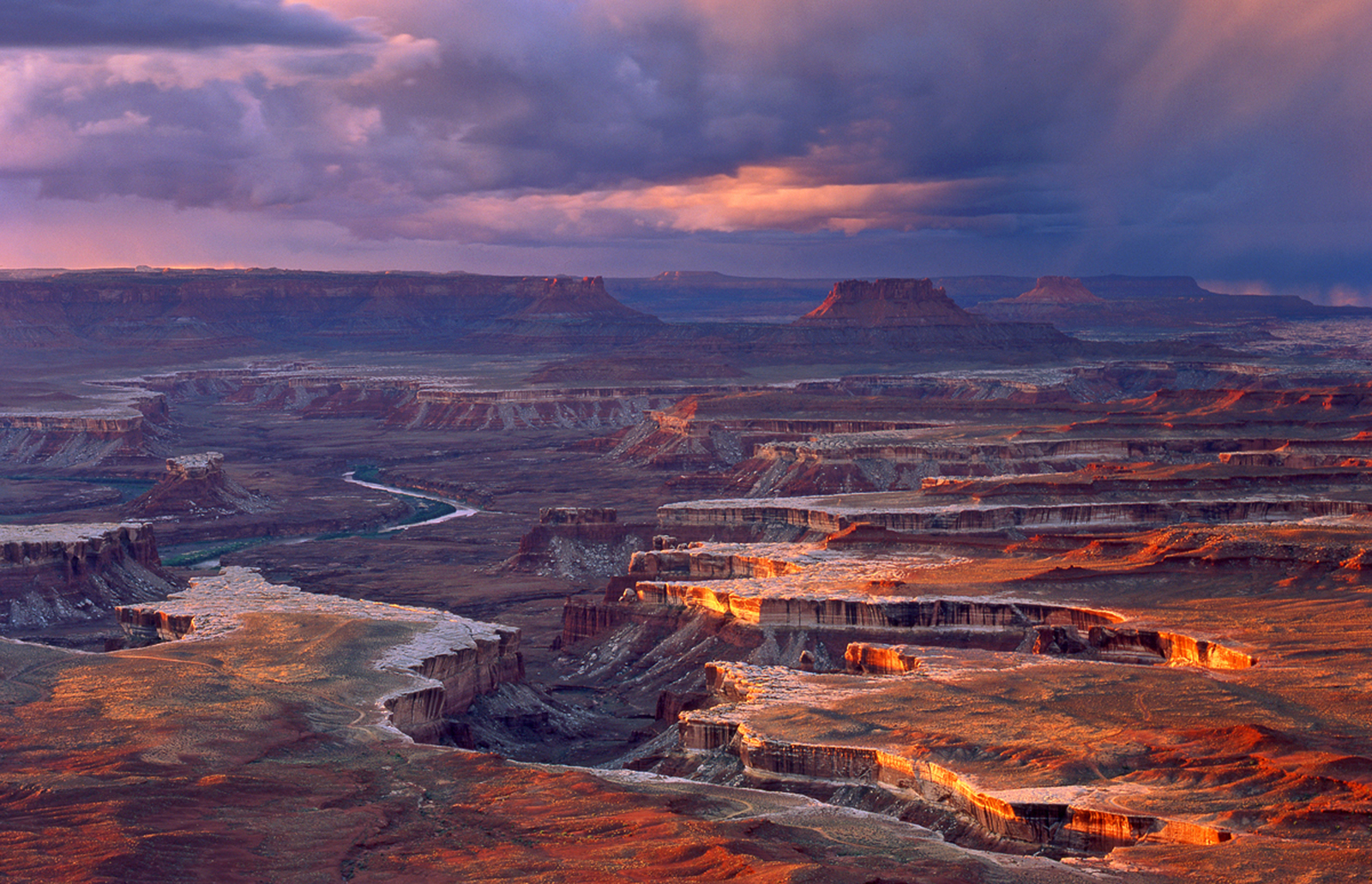
Now, while I mostly focused on Arches and Canyonlands, and they’re a must-do in my opinion, Moab does have a lot more to offer. Whether it’s cycling on the Whole Enchilada and Slickrock trails with their endless vistas or hiking in the Fisher Towers which provide mind-boggling views of the Colorado River—there are many great options outside of the parks. If climbing is your sport, consider the Ice Cream Parlour, a sport crag about 8 miles outside town. If you’re into rafting, a classic is a four-day Colorado River trip. And if you’re somehow uninterested in all of this, just head to town and hit up the historic food joints—from Milt’s Stop and Eat to Sabaku, you can get everything from all-natural burgers to top-notch sushi.
So, whether you’re into hiking, climbing, rafting, or just driving, the thick red cliffs surrounding Moab can be very inviting. The countless canyons, spires, and valleys not only offer a great deal of adventure, but also make for great introspection points, if that’s your thing. When you find yourself in a place of such sheer, rugged, vast, and natural beauty, it’s often times hard to describe. A hopeful and alluring place, when you see your first arch, or spire, or mountain, your love affair begins with the land begins. Maybe it’s the fact that the National Park System has protected this landscape, or that it’s sacred, or that it’s steeped in history—you can’t help but take many breaks to soak it all in. A lot of people say experiencing natural beauty not only leaves you in awe but rewires your brain—I found myself de-stressed, refreshed, and restored.
If I had one complaint, it would be that the area was almost too scenic—it was all so pristine and untouched. My eyes wanted a break. After two days in Moab, I felt like I needed to reset and just look at an empty car park, but in hindsight, that’s not a terrible problem to have at all. I’m on my way back to my cosy lodge to get some shuteye before I continue my adventure to Escalante. I’ve heard it’s like Mars. Stay tuned!
This article is part of a series in collaboration with Visit Utah.



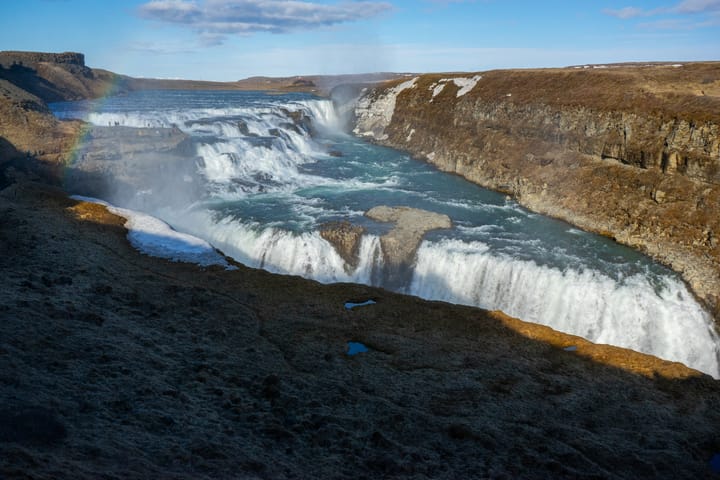
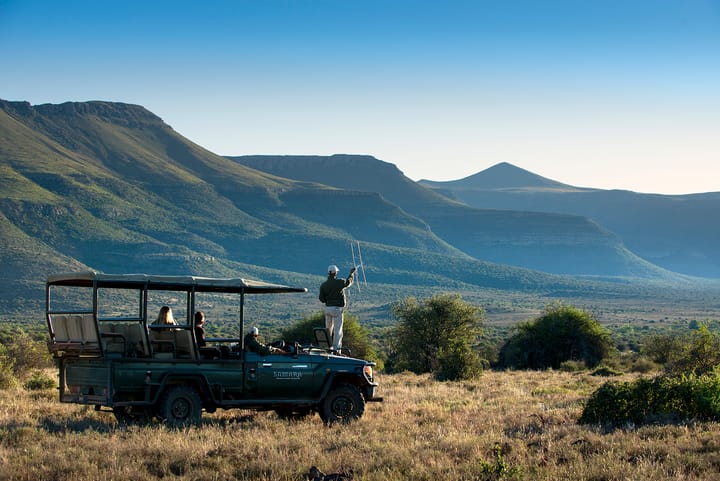

Comments ()